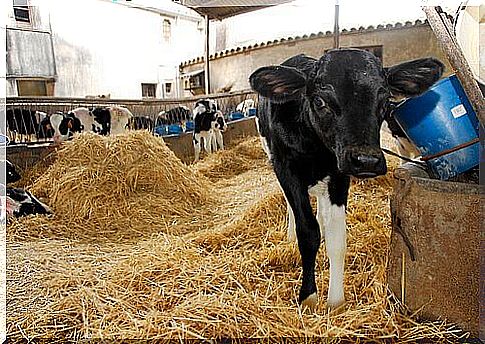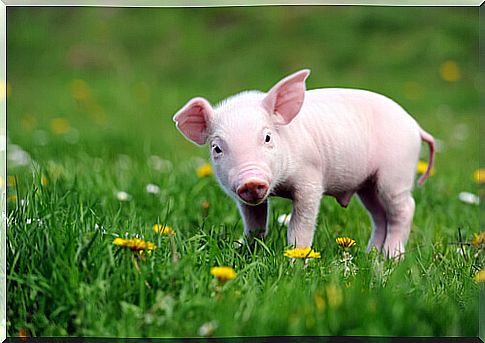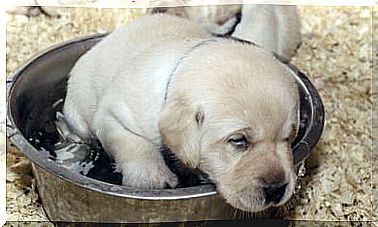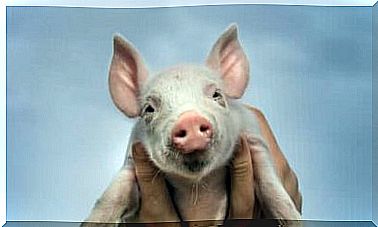Aphthous Fever In Cattle

Aphthous fever is caused by a virus known as Aphthovirus , which causes a highly contagious disease in cow and porcine livestock. It is also possible to strike sheep, goats, antelopes, giraffes or elephants.
The cause of this disease was only discovered at the end of the 19th century, although there is evidence of its existence for about 500 years. At that time a Venetian monk described the symptoms of the disease in the cows of the monastery. The disease, however, had international repercussions only following its expansion after the Second World War, although it has been eradicated in numerous countries.
Currently this disease is endemic to many Asian and African countries . On the other hand, in most of America, Europe and Australia, this disease does not affect livestock, although outbreaks can always appear due to trade with other nations.
How is aphthous fever infected?
The virus that causes the disease can be present in most of the excretions and secretions of affected animals in the flock and can escape through milk and semen. In addition, animals that have been cured or vaccinated can act as carriers, so quarantine may be required.
The virus can be transmitted to other animals by air or by consuming water or food polluted with the secretions of infected animals. The canker sores caused by this disease contain a large amount of viruses. It is important to note that this disease is not a zoonosis, therefore it does not affect humans.
Aphthous fever must be seriously combated, as there is a great risk of spreading with the arrival of new animals, the existence of contaminated installations or materials and even the presence of paper products of animal origin or clothing.

Symptoms of aphthous fever
Although the severity of the symptoms will depend on the variety of the virus and other factors such as the species or age of the animal, there are a number of typical symptoms: those that give the disease its name. It produces fever and the presence of canker sores and boils in all elements of the oral cavity, in the nose, in the breasts and between the legs.

Painful lameness and secondary infections can occur after ruptured blisters. Animals also have weakness and can salivate a lot, as well as lose appetite and weight. Blisters usually heal within a week, however the disease can affect our animals’ hearts and growth.
Aphthous fever diagnosis and prevention
As we always advise, the diagnosis is entirely the responsibility of the veterinarian, who will have to look for symptoms of the disease, such as blisters and lameness, and carry out other tests to arrive at a conclusion.
It is important that in the face of any suspicion of the disease, the competent authorities are warned in order to keep the situation under control, which will prevent other farms or herds from being harmed. The advice that the European institutions have issued are the following:
- Check the arrival of new animals on the farm.
- Control the access of people to the farm.
- Maintain the hygiene of vehicles and installations.
- Effectively eliminate residues.
- Carry out regular veterinary visits.
By respecting these indications, it will be very difficult for the disease to affect our animals. In fact, as already mentioned, the disease has been eradicated in most of the European continent.









